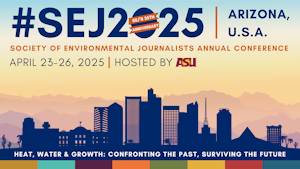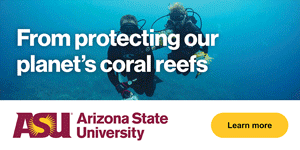"Tepco Prepares to Remove Fuel Assemblies at Fukushima"
"TOKYO -- Operators of the Fukushima Daiichi nuclear-power plant this month will begin a potentially hazardous operation to remove fuel rods from one of the reactor units, a critical step in what is expected to be a decadeslong cleanup of the site of one of the worst nuclear-energy accidents in history."














 Advertisement
Advertisement 



